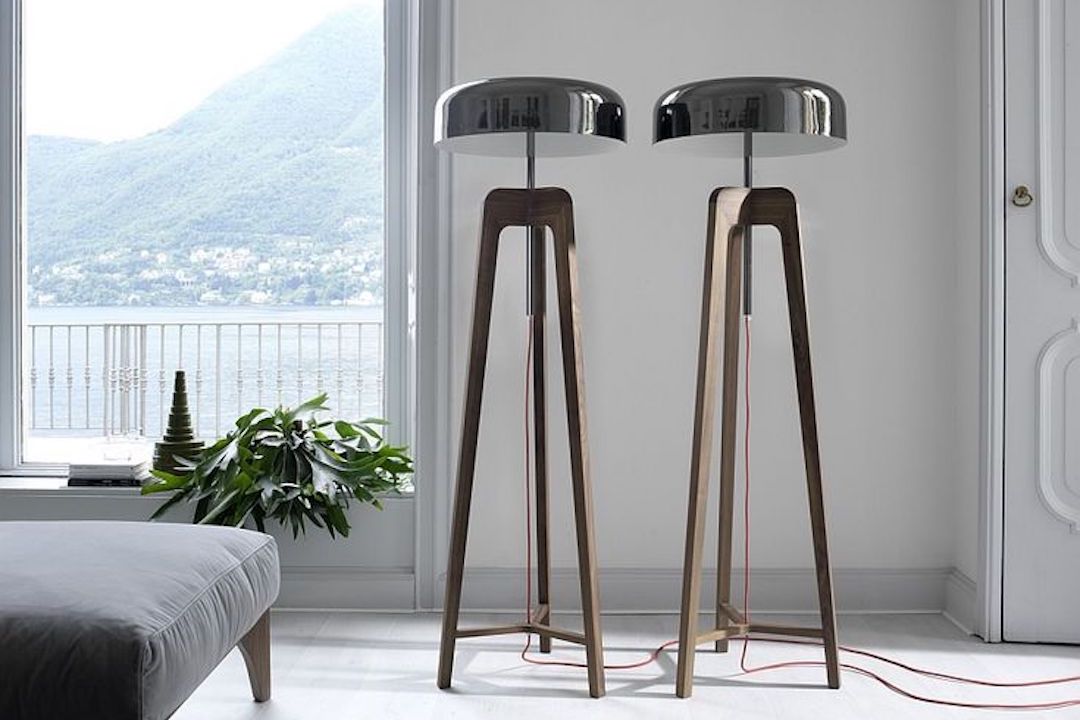Bedroom lamps serve a variety of purposes, from providing ambient lighting to creating a cozy and inviting atmosphere. They can also be used for task lighting, such as reading or working in bed, and can even serve as a decorative element in the room. Understanding the purpose of bedroom lamps is essential when selecting the right one for your space. If you primarily need a lamp for reading, a task lamp with an adjustable arm and focused light may be the best option. On the other hand, if you are looking to create a warm and inviting ambiance, a soft, diffused light from a bedside table lamp may be more suitable. Additionally, bedroom lamps can also serve as a design element, adding a touch of style and personality to the room. By understanding the purpose of bedroom lamps, you can make an informed decision when selecting the right one for your space.
When it comes to Housetonlighting bedroom lamps, it’s important to consider the size and scale of your bedroom to ensure that the lamps you choose are proportionate to the space. Large, oversized lamps may overwhelm a small bedroom, while small, dainty lamps may get lost in a large, spacious room. The size and scale of your bedroom will also dictate the placement of the lamps. For example, in a small bedroom with limited surface space, wall-mounted sconces or pendant lights may be a better option than bulky table lamps. Conversely, in a larger bedroom with ample surface space, you may have the flexibility to incorporate larger floor lamps or multiple table lamps. By considering the size and scale of your bedroom, you can ensure that the lamps you choose not only fit the space visually but also functionally.
Considering the Size and Scale of Your Bedroom
When it comes to bedroom lamps, it’s important to consider the size and scale of your bedroom to ensure that the lamps you choose are proportionate to the space. Large, oversized lamps may overwhelm a small bedroom, while small, dainty lamps may get lost in a large, spacious room. The size and scale of your bedroom will also dictate the placement of the lamps. For example, in a small bedroom with limited surface space, wall-mounted sconces or pendant lights may be a better option than bulky table lamps. Conversely, in a larger bedroom with ample surface space, you may have the flexibility to incorporate larger floor lamps or multiple table lamps. By considering the size and scale of your bedroom, you can ensure that the lamps you choose not only fit the space visually but also functionally.
Exploring Different Styles and Designs
Bedroom lamps come in a wide range of styles and designs, allowing you to find the perfect match for your personal taste and the overall aesthetic of your bedroom. From sleek and modern to traditional and ornate, there are countless options to choose from. When exploring different styles and designs, consider the existing decor and furniture in your bedroom. If you have a minimalist, contemporary bedroom, a sleek and simple lamp with clean lines may complement the space beautifully. On the other hand, if your bedroom features vintage or eclectic furnishings, a more ornate or unique lamp may be the perfect finishing touch. Additionally, consider the mood and atmosphere you want to create in your bedroom. A soft, diffused light from a fabric shade lamp can create a cozy and relaxing ambiance, while a bold, sculptural lamp can make a statement and become a focal point in the room. By exploring different styles and designs, you can find a bedroom lamp that not only provides the right lighting but also enhances the overall look and feel of your space.
Evaluating the Lighting Needs of Your Space
When selecting bedroom lamps, it’s crucial to evaluate the lighting needs of your space to ensure that you choose the right type of lighting for each area of your bedroom. Consider how you use each area of your bedroom and what type of lighting would best serve those activities. For example, if you have a designated reading nook or workspace in your bedroom, task lighting such as a swing-arm wall sconce or adjustable desk lamp may be necessary to provide focused light for those activities. Additionally, consider any areas in your bedroom that may benefit from ambient lighting, such as near the dressing area or around the bed for nighttime illumination. By evaluating the lighting needs of your space, you can ensure that each area of your bedroom is properly illuminated for both function and aesthetics.
Incorporating Functionality and Aesthetics
When choosing bedroom lamps, it’s important to strike a balance between functionality and aesthetics. While it’s essential for your lamps to provide adequate lighting for your needs, they should also complement the overall design and style of your bedroom. Consider how each lamp will contribute to the functionality of your space – whether it’s providing task lighting for reading or working, creating ambient lighting for relaxation, or serving as a decorative element. Additionally, think about how each lamp will fit into the overall aesthetic of your bedroom. Whether you prefer a cohesive look with matching bedside table lamps or an eclectic mix of different styles throughout the room, incorporating functionality and aesthetics into your lamp selection will ensure that they not only serve their purpose but also enhance the visual appeal of your bedroom.
Selecting the Right Bulbs for Your Lamps

Choosing the right bulbs for your bedroom lamps is just as important as selecting the right fixtures themselves. The type of bulb you choose can significantly impact the quality and color of light emitted by your lamps. When selecting bulbs for your bedroom lamps, consider factors such as brightness, color temperature, and energy efficiency. For task lighting, such as reading or working in bed, opt for bulbs with a higher brightness level to provide ample light for those activities. Additionally, consider the color temperature of the bulbs – warmer tones (measured in Kelvins) are often preferred for creating a cozy and inviting atmosphere in the bedroom, while cooler tones may be more suitable for task-oriented activities. Lastly, consider energy-efficient options such as LED bulbs, which not only consume less energy but also have a longer lifespan compared to traditional incandescent bulbs. By selecting the right bulbs for your bedroom lamps, you can ensure that they provide the desired quality of light while also being energy-efficient.
Budgeting for Your Bedroom Lamp Purchase
As with any home decor purchase, it’s essential to establish a budget for your bedroom lamp selection to ensure that you stay within your financial means while still finding quality options that meet your needs. When budgeting for your bedroom lamp purchase, consider factors such as the number of lamps needed, the type of fixtures desired (table lamps, floor lamps, wall sconces), and any additional costs such as bulbs or installation fees if applicable. Additionally, factor in any specific features or design elements that may impact the cost of the lamps, such as specialty materials or custom finishes. By establishing a budget for your bedroom lamp purchase, you can narrow down your options and focus on finding lamps that not only fit within your financial parameters but also meet your functional and aesthetic requirements.
In conclusion, selecting the right bedroom lamps involves careful consideration of their purpose, size and scale in relation to your space, different styles and designs available on the market, evaluating lighting needs based on activities in each area of your room, incorporating functionality and aesthetics into lamp selection process, choosing appropriate bulbs for desired lighting effects and energy efficiency considerations as well as budgeting for this purchase. By taking these factors into account when choosing bedroom lamps, you can ensure that they not only provide adequate lighting but also enhance the overall look and feel of your space while staying within your financial means.





